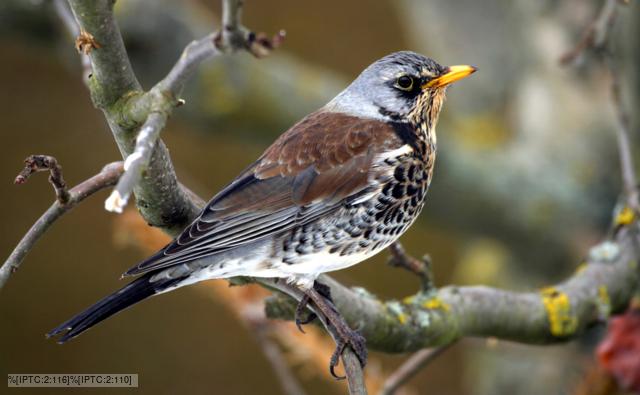The hot and wet weather has produced a good harvest of all the berries including the Raspberries. I love raspberries just as they are but a really nice way of using them is
Raspberry Ice-Cream.
I use a recipe based on one from Hugh Fearnley-Wittingstall's
The River Cottage Cookbook
.
This is his first or at least an early book and is full of country cottage garden wisdom and delicious recipes.
Ingredients:
500 g raspberries
4 large eggs or 5 medium (yolks only)
150 ml water
100 g sugar (white granulated is fine)
500 ml double cream
Method;
Put the water and sugar in a pan and heat slowly stirring until the sugar has melted. Gently boil until it becomes syruppy. Set aside to cool a little.
Press the raspberries through a sieve to generate a thick puree.
Separate the eggs. Keep the whites for macaroons or meringues.
Put the yolks in a large bowl and whisk with an electric hand whisk, balloon whisk etc. Gradually add
the warm syrup and keep whisking until thick and custardy.
In another bowl whisk the cream till fairly thick but not solid.
Now mix together the eggs and cream and stir in about half the puree.
Place in a plastic tub suitable for the freezer and place in freezer for about 3 hours.
Remove ice-cream. It will have started to become solid round the edges. Stir it up with a fork or spoon (the idea is to break up the ice crystals into smaller ones so the ice-cream doesn't get solid. Stir in the remaining raspberry puree leaving a ripple effect. back in the freezer and should be ready in a further 3-4 hours.
Of course those with an ice-cream maker will need to adapt this a bit.
To make the meringues or macaroons:
Ingredients:
4-5 eggs whites
150g sugar
100g ground almonds and a few flaked almonds for the macaroons.
Method:
Place the egg whites in a large round-ish bowl and using
a clean whisk whisk until stiff then add about 150g sugar and whisk again so it's nice and stiff and glossy. If making macaroons add 100g of ground almonds and stir in.
Turn on the oven to 160 deg C. Place a baking parchment or grease proof paper on two flat baking trays. With a large spoon scoop up dollops of the mixture and arrange on the tray with space around to accommodate some expansion. Place a flake of almond on the top of each macaroon.
Cook in the oven for around 30 - 45 mins until they are firm to the touch.
Getting perfect meringues is difficult because the exact temperature of the oven (they all vary) and the moisture content in the oven (i.e. are you cooking a stew at the same time?) can affect the firmness and crispness. Don't worry - they'll taste fine anyway.
Enjoy!














































